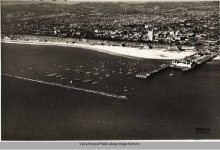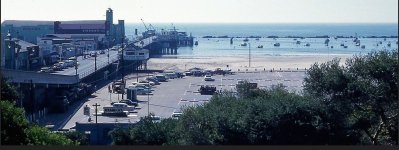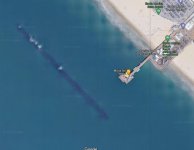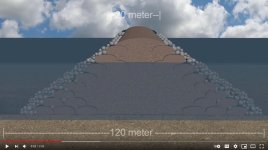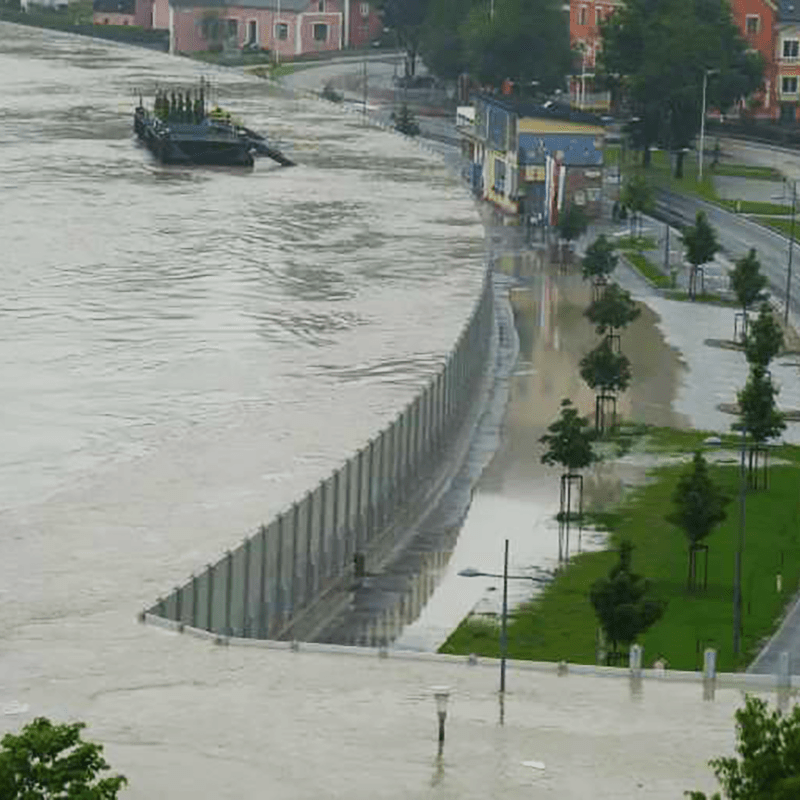Generator said:
In a flowing river water, If I insert a Steel Pole of 12 inch wide (EYE BEAM) about 12 ft deep and leave 8 ft on top, would that Pole bend because of flowing water? [consider that river bed is reasonably Hard or is rock]
Nope.
Okay, now insert another Pole of same size next to it 12 inch apart. keep on inserting the poles till whole river width is full. Each individual pole will have same amount of force acting on them, considering the river bed is symmetrical/Rectangular.
That is what you miss.
Do one pole like that and you will only see a few pounds acting on it; the friction of the water and the pipe. Put two poles like that - same thing.
Now fill the river with poles. Now you have made a dam and the water starts building up. Three feet, five feet, eight feet - the water pools behind it. And those few pounds of force that you saw before? Now each of those 12 inch poles have to support 2300 pounds of water pressure behind it - over a ton. Now, that's not going to bend your I-beam because your I-beam weighs 4000 lbs to begin with.
But the water at the base is now exerting a force of 4psi. Steel can resist that just fine - but dirt? Water will squirt through and start to erode that instantly, and your dam will fail within hours as its base is eroded away.
Unless, of course, you weld all those together so they don't leak and make sure they are deep enough that water can't leak around it.
But now you have another problem. Let's say your dam is 20 feet across. Now you have 23 TONS of force trying to topple that dam. If you are in rock you are probably OK. But dirt? That dirt will get waterlogged and soft and pretty soon you will see your dam slowly topple over.
"But what if we bend it, to get the strength of an arch, and anchor it at the sides in rock to resist that force?" - Yes, that will work. You now have a solid dam, engineered to resist water pressure, made of 40 tons of steel welded together, and anchored into convenient rocks in the side of the hill. Hope you did your job on rust prevention though!
You are now starting to see the issues with engineering for those volumes of water.
I think you just built a Dam. Congratulations All Civil Engineers.
Yes we did! And that dam is absolutely nothing like a bunch of thin sections of wall simply lowered into place. It is a 40 ton solid piece of steel, driven 12 feet into good foundation, anchored by rock on both sides.
Can you do that in the ocean? If you have rock in just the right place, and can drive those beams in, and can weld them, and can anchor them to solid rock - then yes, you can do it. Or perhaps there are no convenient rocks and you have to add your own. Congratulations, you have invented riprap!
